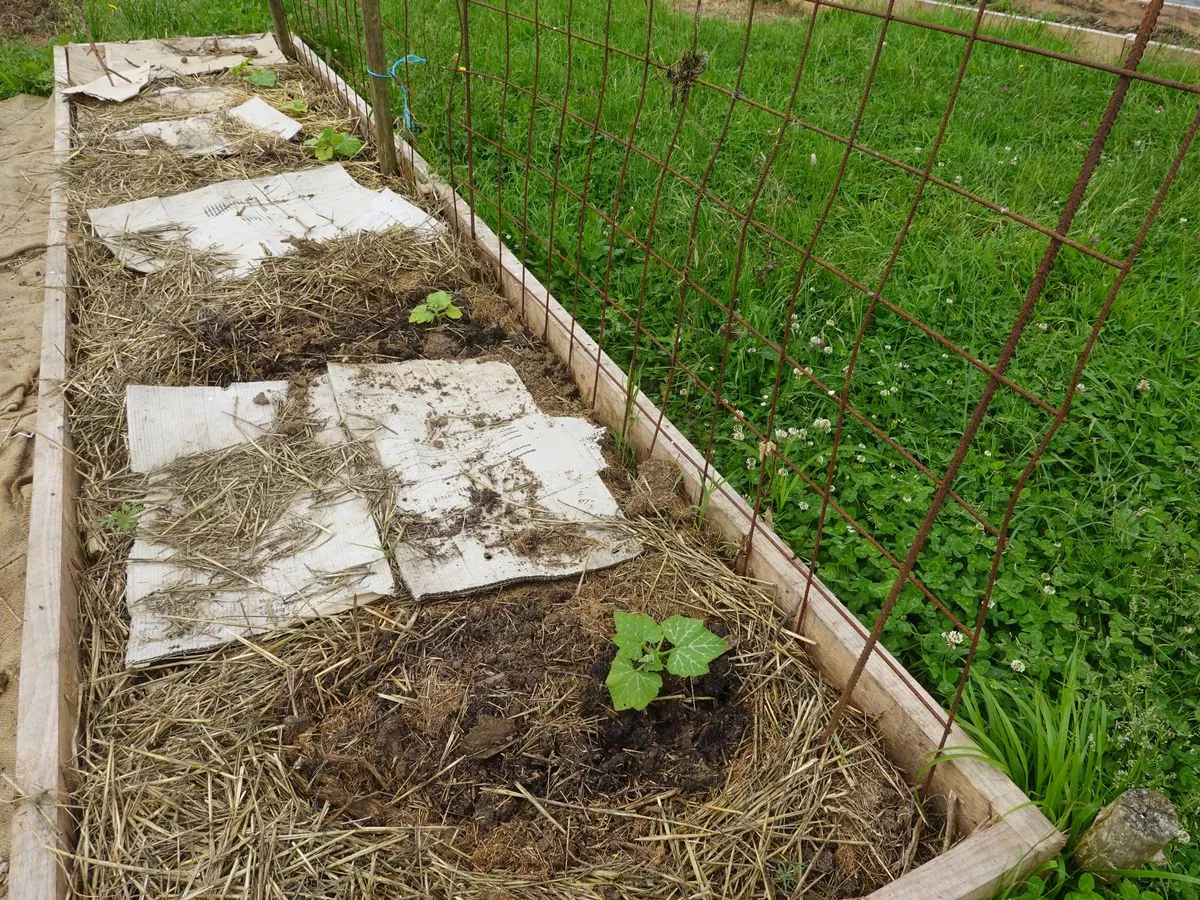Copyright mirror

Generally, gardening enthusiasts don't require as much outdoor time throughout the winter months. This is because plants enter dormancy in the cold or develop at a much slower pace. Consequently, you won't need to carry out as much weeding, pruning or deadheading. It's advantageous to allow your soil to rest during the colder months, alongside completing most planting during spring. Nevertheless, that doesn't mean all of your tasks are finished. Actually, you should think about utilising the cardboard technique in recent weeks. Green-fingered content creator Amy May shared the method on YouTube , where she explained why everyone should think about placing cardboard in their gardens for winter preparation. So why is this and how does it function? Here's everything you need to know.... The cardboard technique, also referred to as sheet mulching, is an organic gardening approach used to suppress weeds, enhance soil health, and prepare new planting areas without digging. It copies natural processes by layering organic materials to create rich, fertile soil. Not only should it help to suppress weeds as it blocks sunlight, it also breaks down to enrich the ground it is placed on. As previously mentioned, it is beneficial not to disturb the soil too much during winter. For this reason, the "no-dig" cardboard technique can be far less disruptive to your garden. So, in essence, cardboard sheet mulching is a sustainable, low-cost method to suppress weeds, improve soil health, conserve water, and recycle materials in your garden. 1. Prepare the area – trim any tall weeds and grass, as well as removing obstructive debris, rocks or tree stumps. 2. Lay down the cardboard – you can re-use old cardboard packaging, but ensure to remove any tape, staples or unnatural glossy labels before placing the plain, brown cardboard down. Overlap the edges by around four inches and make sure the material is wet to help it start breaking down. 3. Add organic layers – pop some compost, leaves or grass clippings on top of the cardboard. Then, sprinkle over a layer of mulch to keep it all in place. 4. Leave the cardboard to do its thing – apply the sheet mulching before winter begins and let it break down in the coming months. You can water the layers to aid decomposition before spring planting season arrives. If you want to plant anything in the meantime, simply cut a hole in the cardboard to make room for the crop. So there you have it – it really is as easy as that!



